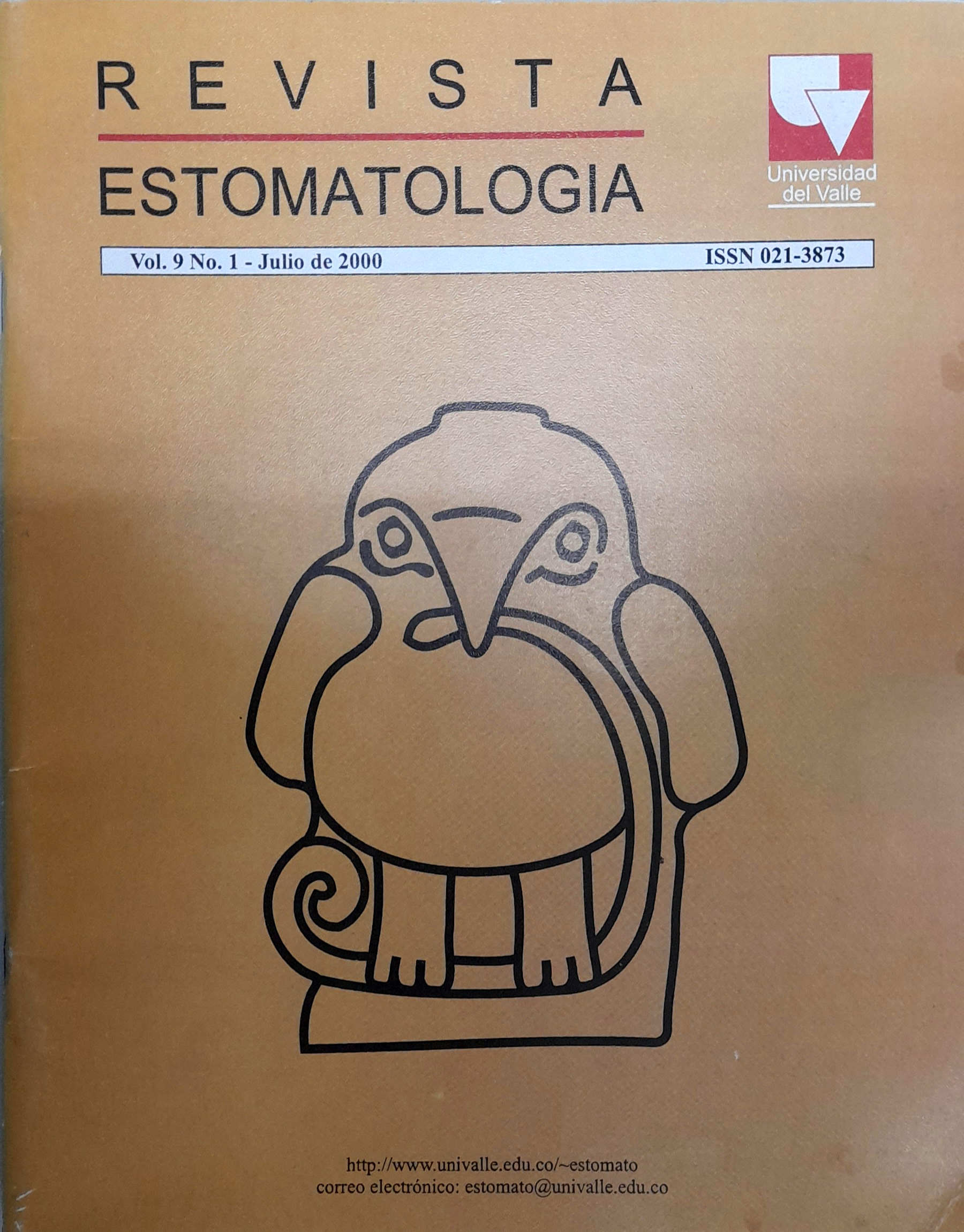Anestesia local controlada en procedimientos de odontectomía
Keywords:
Anestesia Local, Midazolam, Fentanyl, Odontectomía, Terceros Molares, Diente Incluido, Cirugía oralMain Article Content
The molarthird surgery, is one of the procedures most frequently accomplished in oral and maxillofacial surgery. Most of times is accomplished in the dental office under conventionallocal anesthesia. Occasionally to request of the patient or by the complexity of the procedure is accomplished in surgery rooms under general anesthesia. However, certain number of patients of the group of local anesthesia recalls the procedure as something traumatic; other patients reject the procedure by fear or dread with the pathological consequences that they can be derived from this as the possibility from infections, migrations, reabsorption, dental and bone resorption bony, cysts and tumors, etc. The resource of the general anesthesia is in and of itself a great resource morbidity for the patient, by the toxicity of the agents and used medicines. Equally it is much more costs by the need of counting on anaesthesiologic and a surgery room. An intermediate possibility is the accomplishment of the procedure in the doctor' s office with controlled local anesthesia, using in addition to anaesthetic conventional (lidocaina to the 2 % with epinephrine 1 :80.000), fentanyl2mcgl kg and midazolam O.lmglkg. In the present study were taken 76 patient those which were monitored with oxímeter of pulse, arterial p.ressure and cardiac frequency monitored by an anaesthesiologic. The characteristics of the sedation were excellent in 60 patient (79%), good in 14 patient (19%) and wrong in 2 patient (2.6%). There were not present any sound effect in 22 patient (29%), drowsiness in 36 patient (47.4%), rnildrespiratoIy difficulty in 8 patient (10%), dizziness in 6 patient (7.9%), checs spellis in 2 patient (2.6%) and transient cefalea in 2 patient (2.6%).
Downloads

This work is licensed under a Creative Commons Attribution-NonCommercial-NoDerivatives 4.0 International License.
Los autores/as conservan los derechos de autor y ceden a la revista el derecho de la primera publicación, con el trabajo registrado con la licencia de atribución de Creative Commons, que permite a terceros utilizar lo publicado siempre que mencionen la autoría del trabajo y a la primera publicación en esta revista.

